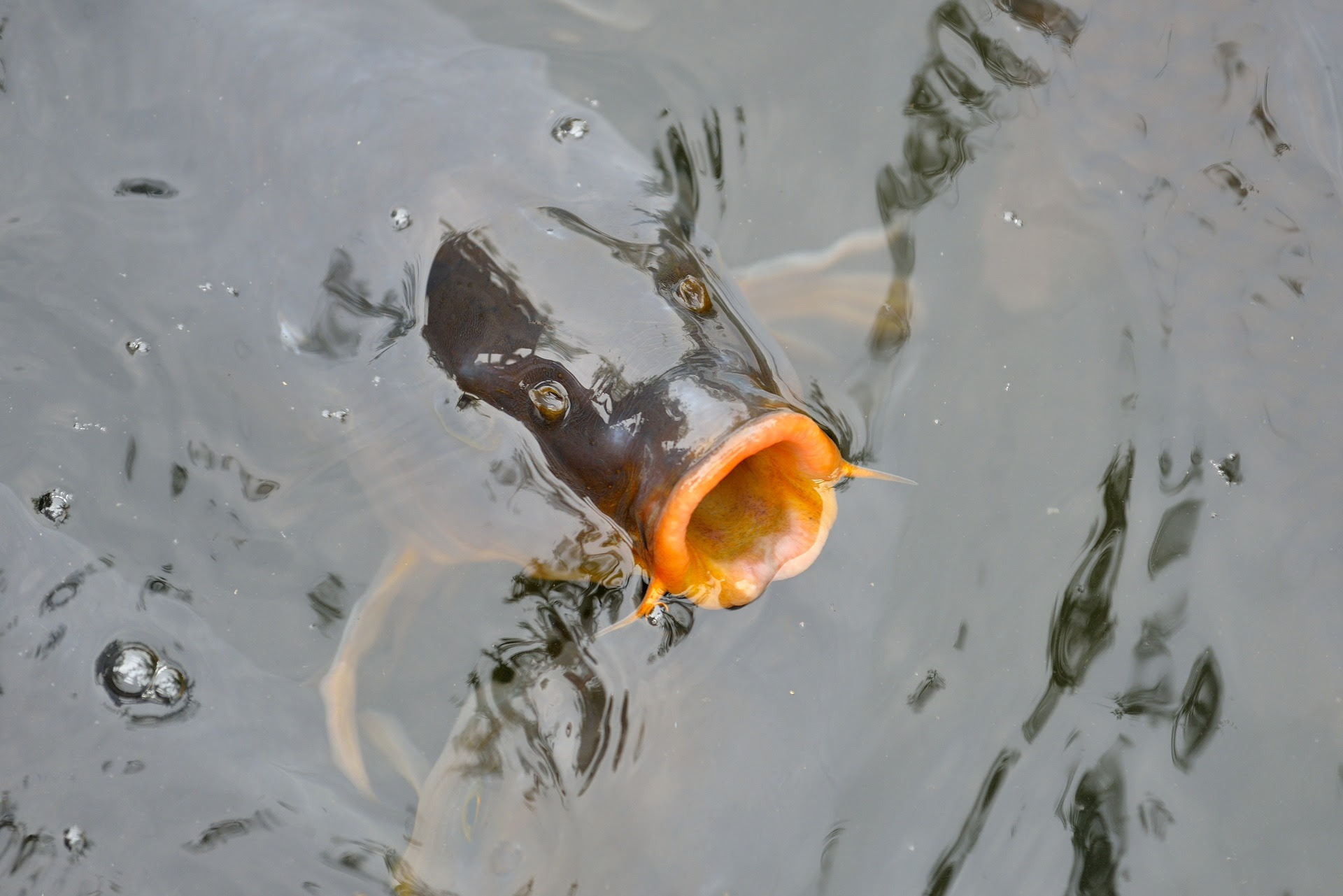LOCAL
Carps are removed from the Mississippi River
Minnesota and Wisconsin Departments of Natural Resources (DNR) are working to remove invasive Asian carps from the Mississippi River. Asian carps are namely black carp (Mylopharyngodon piceus), bighead carp (Hypophthalmichthys nobilis), grass carp (Ctenopharyngodon Idella), and silver carp (H. molitrix). The effects are already seen in Illinois, Missouri, and Ohio river systems and are spreading north in the Mississippi. DNR is using a method called “The Modified Unified Method (MUM)” which is a combination of netting and herding techniques that concentrate fish from a large area to a small area for removal.
These carps were introduced into the US in the 1980s and 1970s as a live fish food product for biological control of aquatic weeds and parasite control due to their high reproductive capacity, broad climate tolerance, longevity, and feeding habits. In high densities, these carps cause an ecological effect by changing their aquatic environment irreversibly. US Fish and Wildlife Service (USWS) has carps under the list of injurious wildlife since 2007. It is prohibited to transport carps intact as if they survive, they can propagate in the new waters. Late last year, there was news of illegal intact Asian carps selling in Wisconsin (LINK).
Milwaukee Journal Sentinel
WXOW.COM
FOX 11 NEWS
FWS.gov
NATIONAL
Fertilizer Wastewater Moved to Tampa Bay
“Be a part of the solution, not part of the pollution”
The Florida state is draining wastewater to Port Manatee in the southern shore of Tampa Bay this week at a rate of 5 million gallons per day from a reservoir that held fertilizer by-products containing nitrogen and phosphates. An initial leak was found on the 26th of March in a 79-acre, 480-million-gallon capacity wastewater reservoir where phosphate rock was turned into fertilizer years ago, leaving residual waste and polluted water.
It is predicted that releasing this water to Tampa Bay will lead to an algal bloom due to its high nutrient content. Once algae growth accelerates, it will cover the water surface and will cause destruction of marine life underneath, especially seagrass, due to lack of sunlight. Seagrass is essential for the ecosystem as it cleans water and provides a breeding ground for the fish. Gov. Ron DeSantis recognized that the spillage was an “imminent hazard,” posing an immediate and substantial danger to human health, safety, welfare, and the environment. The state is spending $200 million in federal stimulus money to control the environmental impact. HRK Holdings, the property holder, was responsible.
If the water had not been released to Tampa Bay, it would have flooded the surrounding area. Mandatory evacuation orders were issued for 316 families living in the area. According to the Herald Tribune editorial, this incident at Piney Point must be a wake-up call for Florida politicians.
FOX5 Washington DC
New York Times
Herald Tribune
INTERNATIONAL
Inequity in the Vaccine Distribution
Due to various financial, logistic, and manufacturing constraints, low-income countries receive 1 in 500 doses of COVID vaccines, while in high-income countries, 1 in 4 people have received the vaccine (LINK). According to the WHO, rich countries are hoarding vaccines to attain herd immunity and do not focus on global eradication, which is essential to control a pandemic. For example, Canada reportedly has purchased vaccines to cover more than 5-times its population.
The concept of herd immunity coming from veterinary medicine is recognized as the level of immunity in the population when the virus can no longer spread as it encounters people protected against the infection by previous infection or immunization where new outbreaks wane off (John R. Williams, in Handbook of Models for Human Aging, 2006). This is calculated based on the basic reproductive number R0, which is the number of secondary cases caused by an infected individual in a well-mixed population.
High-income countries where the vaccine is produced were able to secure the purchase of a large number of vaccines by investing a large number of public funds into the development of vaccines (ex: US). Several more companies are lined up to produce more vaccines, but global allocation and affordability will remain a question.
According to the universally recognized ethical principles, the vaccines should have been allocated considering the high disease morbidity, broader health effects, and socio-economic effects of populations over the world. Three fundamental values considered under ethical principles: benefit people and limit harm, prioritize the disadvantaged, and equal moral concern.
Brookings
WHO
Duke Global Health
Nature
|

